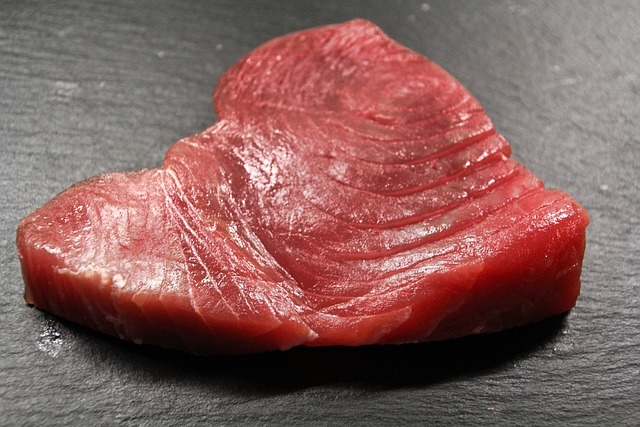W2 Tuna Update: Global Canned Tuna Prices Dip as Sluggish Demand Hits Key Suppliers, While South Korea Reels in Seafood Export Record of USD 3 Billion

Global Canned Tuna Market Sluggishness Drives Down Raw Material Prices in Key Regions
Global demand for canned tuna products remains stagnant, causing a further decline in raw material prices in Thailand and Ecuador, key suppliers to the industry. In Thailand, the transaction price of bonito in Bangkok has been on a downward trajectory for several months, reaching USD 1,450 per metric ton (mt) on Jan-24. Industry sources anticipate a stable supply of raw materials from the Pacific region in the near future, coupled with consistent demand and efficient processing in Thai and European canning plants. Similarly, in Manta, Ecuador, bonito raw material prices have retreated to USD 1,500-1,550/mt. Increased production in the Eastern Pacific has further pressured prices down, with most transactions occurring at USD1,550/mt and some as low as USD 1,500/mt. Ecuador's cold storage facilities are currently full, adding to the downward price trend.
Tuna prices in the European market have also softened. The FOB price on Jan-24 in the Indian Ocean dropped by USD 54/mt month-on-month (MoM), settling at USD 1,575/mt. Many vessels operating in the Indian Ocean reported average catches, with the northern part of Seychelles remaining the primary fishing area and some vessels venturing into the Mozambique Channel. As of Dec-23, Indian Ocean tuna cold storage was nearly at capacity.
Atlantic Ocean: The Atlantic region enters a 72-day Fish aggregating devices (FAD) fishing moratorium starting January 1, 2024. This period, coupled with vessel repairs in the Port of Abidjan (Côte d'Ivoire) and the Canary Islands, is expected to lead to relatively low catches until mid-March. While Abidjan prices remained stable, the Atlantic price declined by USD 54/mt compared to Dec-23, reaching USD 1,520/mt. Spanish prices continue to hover in the USD 1,846-1,900/mt range.
Overall, the global canned tuna market is experiencing sluggish demand, impacting raw material prices in key regions like Thailand and Ecuador. Stable supply and efficient processing in some areas offer some counterpoint, but continued weak demand is likely to maintain downward pressure on prices in the near future.
South Korea's Seafood Exports Reach USD 3 Billion Milestone, Fueled by Tuna, Seaweed, and Oysters
South Korea's seafood exports surged to USD 3 billion in 2023, driven by strong performances in tuna, seaweed, and oysters. This marks the second consecutive year the nation has achieved this impressive milestone.
Seaweed, a cornerstone export product and global market leader, crossed a significant threshold, reaching KRW 1 trillion (USD 890 million) in export value by the end of Dec-23. The volume of exported seaweed also reached a new high of KRW 1.02 trillion (USD 910 million). Tuna, the backbone of deep-sea fisheries, saw exports amounting to KRW 560 million, mainly shipped raw to markets like Japan and Thailand. Domestic oyster exports also thrived, exceeding the previous year's figures by 8% Year-on-year (YoY), with Japan and the United States (US) serving as key destinations.
The South Korean Ministry of Oceans and Fisheries (MOF) played a crucial role in supporting this growth by actively engaging with the industry. Established in early 2023, the Seafood Export Source Group, a tripartite initiative involving the MOF, public institutions, and research bodies, provided vital support to exporting companies. The MOF further aided through establishing export sites across the country, including Busan, Incheon, Jeonnam, and South Chungcheong, and conducting regular inspections and export status reviews in collaboration with industry representatives.
Minister of Oceans and Fisheries Kang Do-hyun indicated that despite challenging export conditions, South Korea achieved a remarkable USD 3 billion export value for two consecutive years, expecting further growth with an increased support budget. The2024 seafood export support budget has been allocated at KRW 51.52 million (USD 47 million), representing an KRW 8.66 million (USD 7.7 million) YoY increase. The budget breakdown includes KRW 9.39 million (USD 8.4 million) for comprehensive seafood marketing, KRW 7.68 million (USD 6.9 million) for export voucher support, and KRW 5.96 million (USD 5.3 million) for Foreign Trade Support Centre operations.